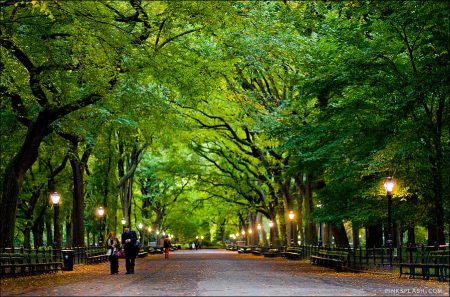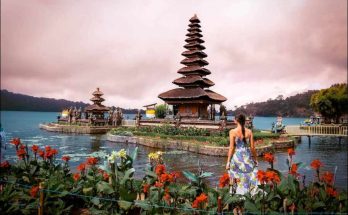The first large city park in the United States, draws more than 20 million visits a year, making it one of New York City’s most popular attractions. Olmsted and Vaux began designing the Park in 1858, after the city had acquired 778 acres of land, obtained out of a civic need for more open space arising from population growth during the 19th century.
This huge manmade landscape cost $14 million to build, and by 1873, the Park had a collection of more than four million trees, shrubs, and plants – a monumental effort, particularly when one considers that New York’s largest park at the time was the ten-acre Battery Park. In 1937, the city unveiled the park’s 15-acre Great Lawn, built over the original site of the Croton Reservoir.
Numerous ballfields and playgrounds also have been added to the original design. The park contains many institutions and facilities, including the Metropolitan Museum of Art, several historic buildings and monuments, an outdoor theater, a children’s zoo, a science center, a skating rink, and four community centers. Occupying a prominent place in the iconography of New York, Central Park is where the New York Marathon ends and where John Lennon is remembered in “Strawberry Fields.”
Now encompassing 843 acres, Central Park forms a border for several neighborhoods in New York, extending from some of the city’s wealthiest to some of its poorest. Surrounding the southern portions of the park are primarily high-income, high rise apartment buildings, with low to middle income housing near the northern end in Harlem; a collection of museums along Fifth Avenue forms the park’s eastern border.
Visits: 438



